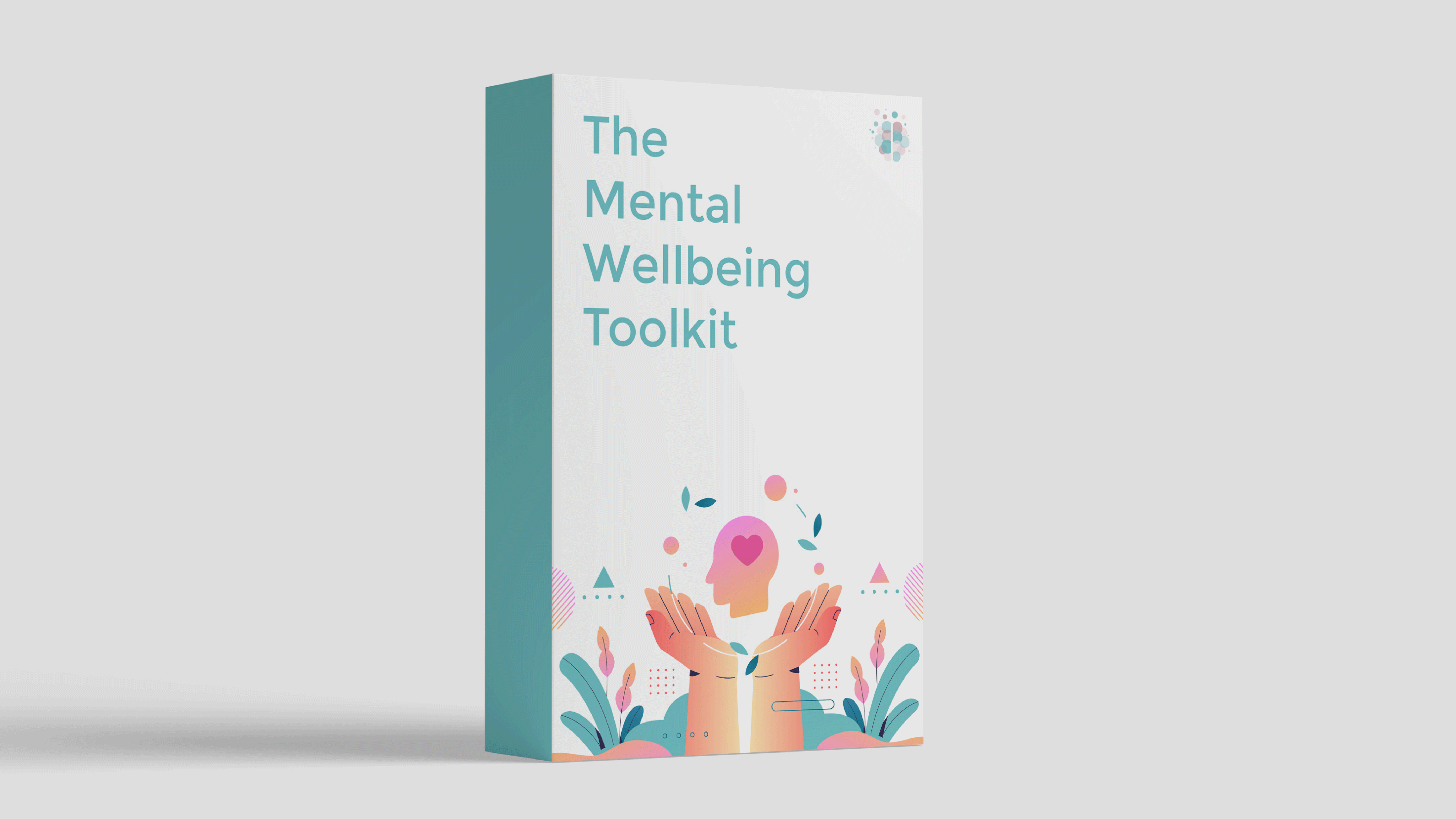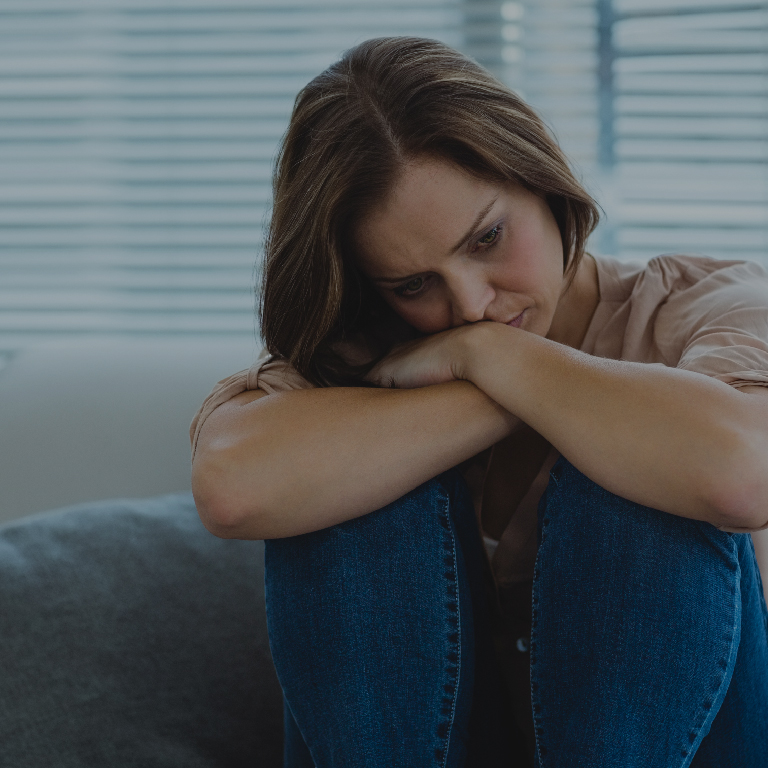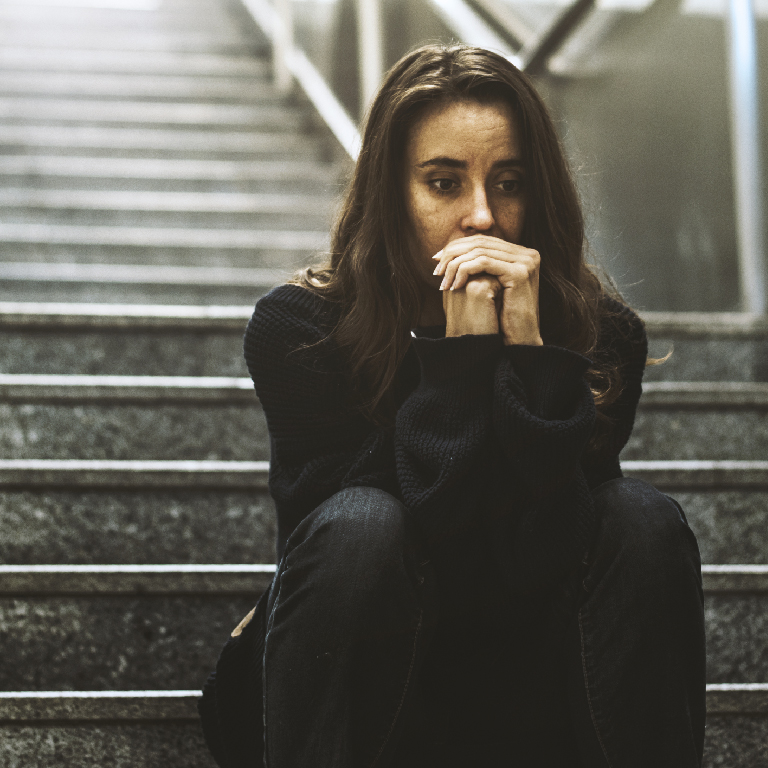Exposure therapy is a core behavioural treatment in cognitive-behavioral therapy (CBT). It’s designed to help people face and reduce their fears through controlled, repeated interactions with anxiety-inducing situations.
Traditional exposure therapy gradually exposes clients to feared stimuli, helping them rewire their anxiety response. Exciting new technological advancements allow the exploration of new avenues for exposure therapy, especially through the introduction of VR and AR in healthcare.
How AR and VR Enhances Exposure Therapy
First, what exactly are VR and AR?
- Virtual reality (VR). VR completely replaces the real world with a simulated environment. In VR exposure therapy, a person afraid of heights might be placed virtually on top of a tall building.
- Augmented reality (AR). AR adds digital elements to the existing physical environment. For instance, a person afraid of spiders might see a virtual spider placed on their own coffee table.
Unlike traditional methods, AR and VR exposure therapy provide the option of an adjustable, highly personalised exposure level. They give both flexibility and a safe environment for facing your fears.
Desensitization
A primary goal in exposure therapy is desensitization – the gradual reduction of a fear response through repeated, controlled exposure.
With AR and VR, this process is structured in progressive stages, each tailored to match your tolerance level. You gradually build toward real-world exposure.
For example, a person with a public speaking fear might begin by facing a virtual audience in their own home. As their confidence grows, the virtual audience can expand in size, mimicking more challenging scenarios. This simulated yet realistic experience can reduce the overwhelming anxiety response, making it easier to transition to actual public speaking situations.
Research on AR and VR and Exposure Therapy
Studies show that AR and VR can be as effective as in-person exposure, with added benefits for people who can’t easily access real-world scenarios due to logistical constraints or extreme fear levels.
The structured use of AR and VR has proven particularly helpful for phobias that are difficult or impractical to arrange for in-person exposure (such as fears of specific animals or situations like flying or driving).
How to Practice AR and VR Exposure Therapy at Home
Choose a Headset
Headsets vary widely in price, quality, and features.
For exposure therapy, a basic headset with a high-quality display and reliable tracking features will suffice. Here are a few options to consider:
- Meta Quest Series. Known for affordability and ease of use, Meta Quest headsets are among the most popular choices for VR/AR applications. The Meta Quest 3, for example, offers strong performance and a broad range of compatible apps.
- Microsoft HoloLens. A more advanced AR headset that provides excellent spatial mapping and higher-quality AR experiences, though it comes at a premium price. It’s suitable for more intensive therapeutic applications.
- Magic Leap. Magic Leap offers an immersive AR experience and may be ideal if you’re looking for highly realistic stimuli, but it’s also more costly and better suited for professional or guided use.
Use Exposure Therapy Apps
A variety of AR and VR apps are available for exposure therapy, tailored to specific fears and anxieties:
- Richie’s Plank Experience. A VR app aimed at helping users confront acrophobia (fear of heights) by simulating the experience of walking on a narrow plank high above the ground in a virtual environment.
- Phobys. An accessible AR app designed for individuals with arachnophobia. It begins with cartoon-like spiders and gradually introduces more realistic visuals, helping users desensitize to spiders at their own pace.
- Fearless. Covers a range of phobias, including fears of spiders, cockroaches, and bees. The app allows users to confront these fears with adjustable intensity and realism, offering a customisable experience.
How to Safely Use AR and VR Exposure Therapy at Home
- Build slowly. Exposure therapy can be challenging, so it’s essential to approach it gradually. Start with short, low-intensity sessions. Perhaps just a few minutes with minimal stimuli. Increase exposure as you become more comfortable. Don’t expect instant results! Gradual desensitization is key.
- Set clear end points. Before each session, decide on an end point – whether it’s a specific time limit or the completion of a particular exposure level. Having an end in sight can make it easier to start, as you know the session won’t drag on indefinitely.
- Have a relaxation plan in place. Ensure you have techniques like deep breathing or grounding exercises at hand in case the exposure feels overwhelming.
It’s important to be mindful that exposing yourself for too long could lead to increased anxiety or panic attacks, potentially worsening the phobia rather than alleviating it. Stick to short sessions and monitor your stress levels.
Summary
AR and VR technology represents a promising advancement in exposure therapy, allowing for customisable, safe, and structured exposure experiences. By enabling you to face your fears in a controlled yet realistic way, AR and VR-based exposure therapy is helping to expand access to effective treatment for anxiety and phobias.
A Toolkit to Boost Your Mental Wellbeing
Research shows that self-help materials are often enough for people to overcome mild to moderate mental health difficulties without professional support.
Our self-guided program includes tools from CBT, DBT, ACT and more, so you can discover what works best for you. Check out The Mental Wellbeing Toolkit today – it's "like 10 therapy sessions in one."




